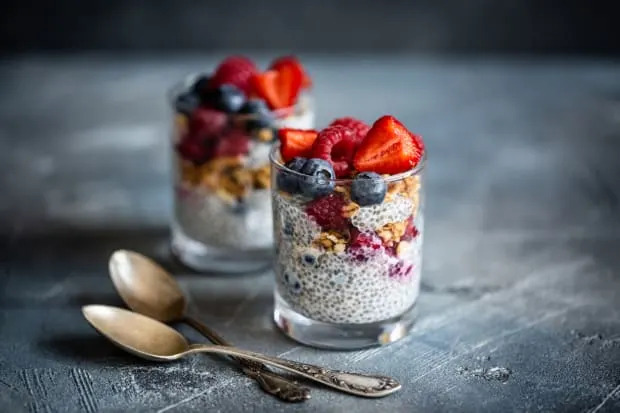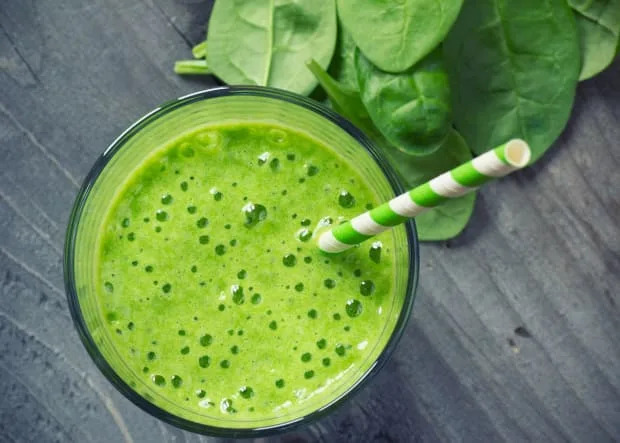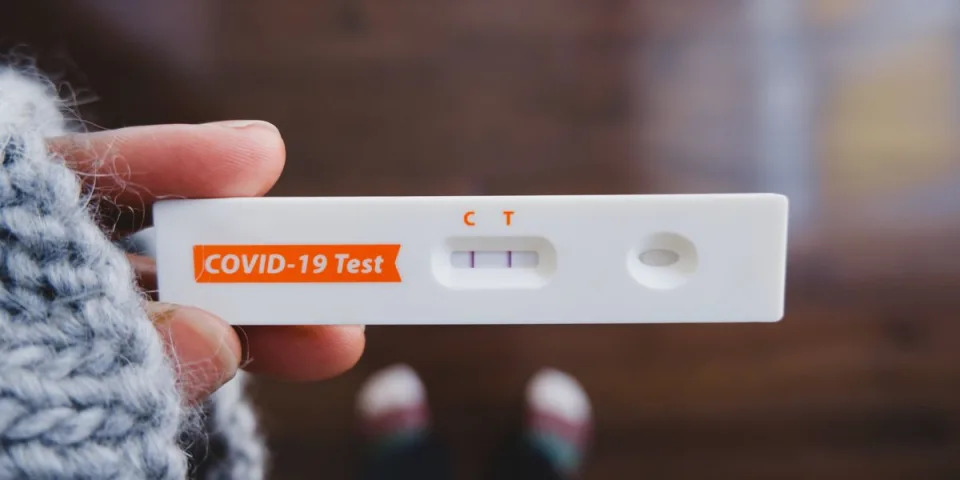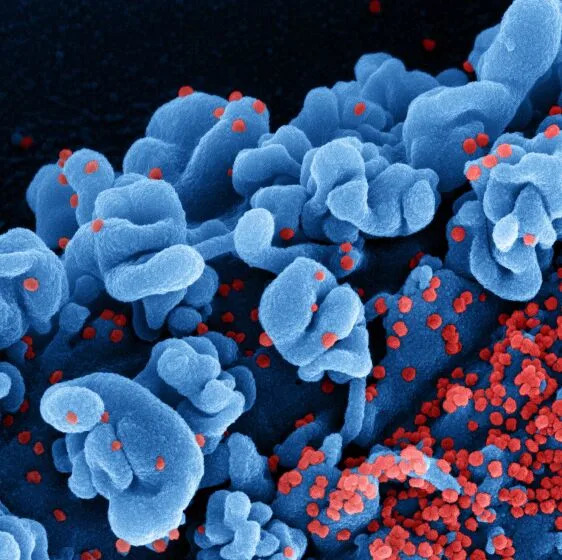The Washington Post
Come to the ‘war cry party’: How social media helped drive mayhem in Brazil
Elizabeth Dwoskin – January 8, 2023
In the weeks leading up to Sunday’s violent attacks on Brazil’s congress and other government buildings, the country’s social media channels surged with calls to attack gas stations, refineries and other infrastructure, as well as for people to come to a “war cry party in the capital,” according to Brazilian social media researchers.
Online influencers who deny the results of the country’s recent presidential election used a particular phrase to summon “patriots” to what they called a “Festa da Selma” – tweaking the word “selva,” a military term for war cry, by substituting an “m” for the “v” in hopes of avoiding detection from Brazilian authorities, who have wide latitude to arrest people for “anti-democratic” postings online. “Festa” is the Portuguese word for “party.”
Organizers on Telegram posted dates, times and routes for “Liberty Caravans” that would pick people up in at least six Brazilian states and ferry them to the party, according to posts viewed by The Washington Post. One post said, “Attention Patriots! We are organizing for a thousand buses. We need 2 million people in Brasilia.”
That online activism culminated in busloads of people landing in the capital Sunday, where they stormed and vandalized three major government buildings, reportedly setting fires and stealing weapons in the most significant assault on the country’s democratic institutions since the country’s 1964 military coup.
Brazilian analysts have long warned of the risk in Brazil of an incident akin to the Jan. 6, 2021, insurrection at the U.S. Capitol. In the months and weeks leading up to the country’s presidential election in October – in which leftist Luiz Inácio Lula da Silva defeated the right-wing incumbent, Jair Bolsonaro – social media channels were flooded with disinformation, along with calls in Portuguese to “Stop the Steal” and cries for a military coup should Bolsonaro lose the election.
On TikTok, researchers found that five out of eight of the top search results for the keyword “ballots” were for terms such as “rigged ballots” and “ballots being manipulated.” At the same time, Facebook and Instagram directed thousands of users who plugged in basic search terms about the election toward groups questioning the integrity of the vote. On Telegram, an organizing hub for Brazil’s far right, a viral video taken down by authorities called for the murder of the children of leftist Lula supporters.
In the days following the final election tally on Oct. 30, Bolsonaro supporters who rejected the results blocked major highways across the country. These blockades morphed into demonstrations in dozens of cities, where supporters camped out in front of military bases for weeks. Some held signs saying “Stolen Election” in English, a testament to the close ties between right-wing movements in both countries.
Though Lula’s inauguration last week took place largely without incident, calls for violence and destruction have accelerated online in recent weeks, said researcher Michele Prado, an independent analyst who studies digital movements and the Brazilian far right.
“For years now, our country has been going through a very strong process of radicalizing people to extremist views – principally online,” she said. “But in the last two weeks, I’ve seen ever-growing calls from people incentivizing extremism and calling for direct action to dismantle public infrastructure. Basically, people are saying we need to stop the country in its tracks and generate chaos.”
Posts demanding a coup, along with common pro-Bolsonaro hashtags claiming “election fraud,” and “stolen election,” have circulated on all social media services. The most violent rhetoric as well as the most direct organizing has taken place on the largely unmoderated messaging service Telegram.
Researchers in Brazil said Twitter in particular was a place to watch because it is heavily used by a circle of right-wing influencers – Bolsonaro allies who continue to promote election fraud narratives. Several influencers have had their accounts banned in Brazil and now reside in the United States. Bolsonaro himself was on vacation in Florida on Sunday.
Billionaire Elon Musk, who completed his acquisition of Twitter in late October, fired the company’s entire staff in Brazil except for a few salespeople, said a person familiar with the firings who spoke on the condition of anonymity to describe sensitive matters. Among those fired in early November included eight people, based in Sao Paulo, who moderated content on the platform to catch posts that broke its rules against incitement to violence and misinformation, the person said. The person said they were not aware of any teams actively moderating rule-breaking content on Twitter in Brazil.
Criticism specifically targeting Alexandre de Moraes, a judge at the Superior Electoral Court and the Supreme Federal Court who is despised by Bolsonaro supporters because he has blocked many prominent right-wing leaders from posting online, have also stepped up since the election, Prado and others said.
Footage circulating on social media from Sunday’s demonstration showed rioters pulling a chair from a government building, upon which they placed the seal of the Brazilian republic. One rioter shouted, “Look everyone, it’s Big Alexander’s chair!,” using a derogatory nickname for Moraes. Expletives followed, according to the video. It could not be confirmed if the chair had been taken from Moraes’s chambers.
Despite their seeming similarities, Brazilian researchers said, Bolsonaro supporters are careful not to draw too many comparisons to Jan. 6 in the United States because doing so could trigger arrest for inciting anti-democratic acts, a crime in Brazil. If Jan. 6 is referenced, as it was in a handful of posts this week, the utterances appear in code, said Viktor Chagas, a professor at Fluminense Federal University in Rio de Janeiro state who researches online, far-right movements.
Still, Chagas said, Sunday’s riot was “a clear attempt to emulate the invasion of the U.S. Capitol, as a reproduction of Trumpist movements and a symbolic signal of strength and transnational connections from the global far-right.”
Chagas noted that Jan. 9 is an important nationalist symbol in Brazil, marking the day the country’s first ruler, Emperor Dom Pedro I, declared that he would not return to Portugal, in what is popularly known as “I Will Stay” Day.
“It is as if Bolsonarists were equating Bolsonaro with D. Pedro I, and indicating that the former government will remain,” he said. Some posts have also referenced “I will stay day,” indicating that the demonstrations would probably continue through Monday, he added.
In a tweet on Sunday, Bolsonaro – a prolific social media user who has been relatively quiet since his election defeat – denounced the attacks: “Peaceful demonstrations, by law, are part of democracy,” he tweeted, hours after the assault began. “However, depredations and invasions of public buildings as occurred today, as well as those practiced by the left in 2013 and 2017, were outside of the law.”
Brazilian researchers said that among Bolsonaro supporters, a counternarrative had begun to circulate Sunday, blaming the Lula government and people from Lula’s party for infiltrating peaceful, democratic demonstrations to turn the country against supporters of Bolsonaro. The counternarrative also had echoes of the Jan. 6 insurrection, in which many Trump supporters blamed left-wing activists for the violence.
The mayhem Sunday was “a disaster,” said Paulo Figueiredo Filho, a presenter for the right-wing channel Jovem Pan who lives in Florida and has had his social media accounts canceled by Moraes. “It is Moraes’s wet dream.”
















